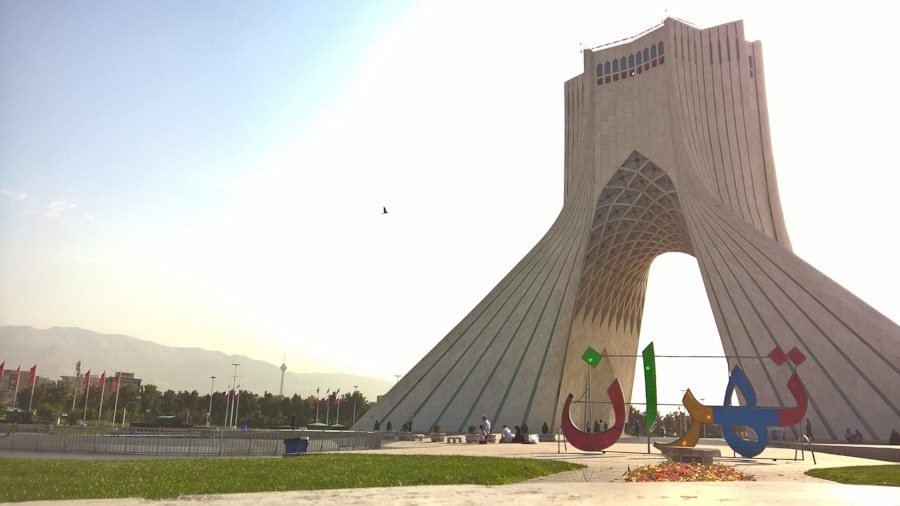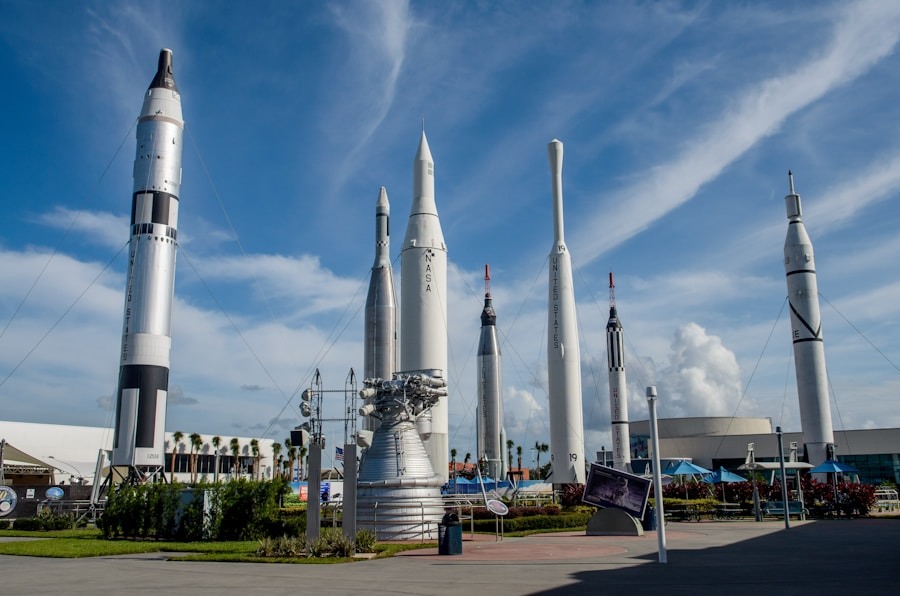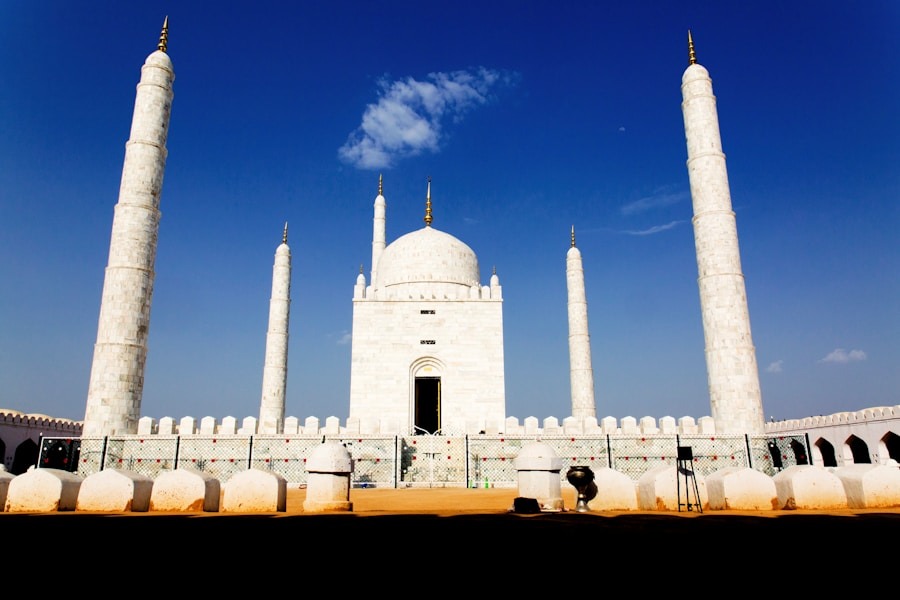The Mughal Empire, which flourished in the Indian subcontinent from the early 16th to the 19th century, is often celebrated for its remarkable contributions to art, architecture, and culture. However, one of the lesser-known yet equally significant aspects of this empire was its advancements in military technology, particularly in the realms of rocket and chemical technology. The Mughals were not merely passive recipients of knowledge; they were innovators who adapted and enhanced existing technologies to suit their needs.
This ingenuity was particularly evident in their development of rocketry and the use of chemical compounds in warfare, which played a crucial role in their military strategies. The Mughals inherited a rich tradition of scientific inquiry and technological experimentation from earlier Indian civilizations, as well as from Persian and Islamic influences. This confluence of knowledge allowed them to explore new frontiers in military technology.
The empire’s military engineers and scientists were instrumental in creating sophisticated weaponry that would not only change the dynamics of warfare but also leave a lasting impact on subsequent generations. The exploration of rocket technology and chemical warfare during this period is a testament to the Mughals’ innovative spirit and their ability to harness science for practical applications.
Key Takeaways
- Mughal India was a hub of innovation in rocket and chemical technology, with significant contributions to warfare and explosives.
- Rocket technology in Mughal India saw rapid development, with advancements in design, propulsion, and range.
- The Mughals utilized chemical technology in warfare, including the use of incendiary and explosive substances for military purposes.
- Mughal innovations in gunpowder and explosives revolutionized warfare and had a lasting impact on military technology.
- The legacy of Mughal rocket and chemical technology continues to influence modern advancements in rocket propulsion and chemical warfare.
The Development of Rocket Technology in Mughal India
The Mughal Empire is often credited with the early development of rocketry, particularly through the use of iron-cased rockets known as “fire arrows.” These rockets were a significant advancement over earlier forms of projectile weaponry, as they utilized a combination of gunpowder and aerodynamic design to achieve greater range and accuracy. Historical records indicate that the Mughals employed these rockets extensively during military campaigns, particularly against rival kingdoms and during sieges. The design of these rockets was influenced by both indigenous practices and knowledge acquired from interactions with other cultures, including the Chinese, who had a long history of using gunpowder-based weapons.
One notable figure in the advancement of rocket technology during the Mughal era was the military engineer and inventor, Mirza Muhammad Taqi. He is often credited with refining the design of rockets, making them more reliable and effective on the battlefield. Taqi’s innovations included improvements in the rocket’s casing, which allowed for better containment of the explosive materials, as well as enhancements in the propulsion system that increased the rocket’s range.
The Mughals also developed specialized launchers that could fire multiple rockets simultaneously, creating a devastating barrage that could demoralize enemy troops and disrupt their formations.
The Use of Chemical Technology in Mughal Warfare

Chemical technology played a pivotal role in Mughal warfare, particularly through the use of various incendiary substances and explosives.
For instance, they employed a range of incendiary devices that could set fire to enemy fortifications or create chaos within enemy ranks.
These devices often included mixtures of sulfur, saltpeter, and charcoal—key components of gunpowder—that were combined with other flammable materials to create potent incendiaries.
While the exact composition of Greek fire remains a subject of debate among historians, it is believed that the Mughals adapted similar incendiary techniques to create their own versions.
These substances were often used in siege warfare, where they could be launched over walls or into enemy encampments to cause destruction and panic. The psychological impact of such weapons was significant; the fear of being engulfed in flames or suffering from explosive blasts could lead to disarray among enemy forces.
Mughal Innovations in Gunpowder and Explosives
The Mughals made significant strides in the production and application of gunpowder, which was central to their military might. They not only imported gunpowder from various sources but also developed their own methods for its manufacture. The quality of gunpowder was crucial for ensuring effective weaponry, and Mughal chemists experimented with different ratios of saltpeter, sulfur, and charcoal to optimize its performance.
This attention to detail resulted in a more potent form of gunpowder that enhanced the effectiveness of their artillery and rockets. In addition to improving gunpowder quality, the Mughals also innovated in the design and construction of explosive devices. They created various types of bombs that could be used in both offensive and defensive operations.
These bombs were often filled with shrapnel or incendiary materials designed to maximize damage upon detonation. The use of such explosives was not limited to direct combat; they were also employed in siege warfare to breach fortifications or create openings in walls. The strategic deployment of these explosives demonstrated a sophisticated understanding of both chemistry and military tactics.
Legacy of Mughal Rocket and Chemical Technology
The legacy of Mughal innovations in rocket and chemical technology is profound and far-reaching. Their advancements laid the groundwork for future developments in military technology not only within India but also beyond its borders. The techniques developed by Mughal engineers influenced subsequent generations of military strategists and inventors who sought to harness the power of rocketry and explosives for their own purposes.
The principles behind their designs can be traced through history, culminating in modern rocketry and explosive technology. Moreover, the Mughal Empire’s contributions to military science were not isolated; they formed part of a broader global exchange of knowledge during a time when cultures were increasingly interconnected. The Mughals’ interactions with European powers, as well as with other Asian civilizations, facilitated the transfer of ideas and technologies that would shape future innovations.
This cross-pollination of knowledge ensured that Mughal ingenuity would resonate through time, influencing both contemporary military practices and later advancements in science and engineering.
Influence of Mughal Ingenuity on Modern Rocket and Chemical Technology

The influence of Mughal ingenuity on modern rocket and chemical technology is evident when examining the evolution of these fields over centuries. The principles established by Mughal engineers regarding propulsion systems, explosive materials, and weapon design can be seen echoed in contemporary rocketry and military applications. For instance, modern rocket propulsion relies on similar fundamental concepts regarding thrust generation and stability that were explored by early innovators like those in the Mughal Empire.
Furthermore, the legacy of chemical technology developed during this period continues to inform modern practices in both military and civilian contexts. The understanding of chemical reactions that produce explosive forces has advanced significantly since the Mughal era; however, many foundational concepts remain rooted in early experiments with gunpowder and explosives. Today’s pyrotechnics, whether used for fireworks or military ordnance, owe much to the pioneering work done by those who came before.
In conclusion, while the Mughal Empire is often celebrated for its artistic achievements, its contributions to rocket and chemical technology represent a critical chapter in the history of military innovation. The advancements made during this period not only shaped the course of warfare but also laid essential groundwork for future technological developments that continue to resonate today.
Rocket and Chemical Technology: Mughal Ingenuity Unveiled explores the fascinating history of rocket technology in Mughal India. For further insight into the world of logic and reasoning, check out Propositional and Predicate Logic: Understanding Variables. This article delves into the intricacies of logic and how variables play a crucial role in reasoning. Additionally, if you are interested in exploring ancient Indian philosophies, consider reading Introduction to Sāṃkhya and Yoga Tradition or Exploring Vedanta Philosophy: Spirituality and Education. These articles provide valuable insights into the rich philosophical traditions of India.
FAQs
What is rocket and chemical technology in the context of Mughal ingenuity?
Rocket and chemical technology in the context of Mughal ingenuity refers to the advanced knowledge and skills in developing and using rockets and chemical compounds for military and civilian purposes during the Mughal Empire in South Asia.
What are some examples of Mughal rocket technology?
The Mughals developed various types of rockets, including the Mysorean rockets, which were used in warfare. These rockets were known for their range, accuracy, and destructive power.
How did the Mughals use chemical technology?
The Mughals used chemical technology for various purposes, including the development of gunpowder, explosives, and incendiary devices. They also used chemical processes for metallurgy and other industrial applications.
What impact did Mughal rocket and chemical technology have on warfare?
Mughal rocket and chemical technology had a significant impact on warfare, as it provided the Mughal armies with advanced weaponry and tactics. The use of rockets and chemical compounds gave the Mughals a strategic advantage in battles and sieges.
What is the significance of Mughal rocket and chemical technology in history?
The Mughal rocket and chemical technology represents a significant advancement in military and industrial capabilities during the Mughal Empire. It also demonstrates the ingenuity and innovation of Mughal scientists and engineers in developing sophisticated technologies.






















+ There are no comments
Add yours